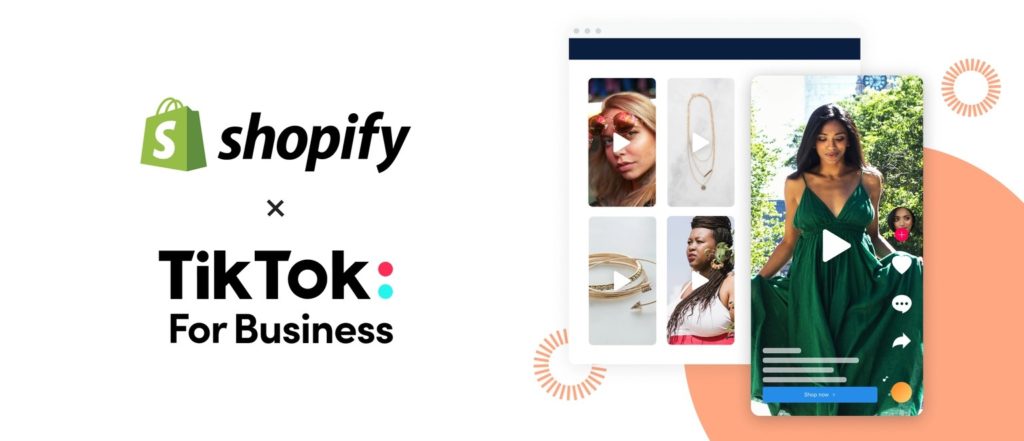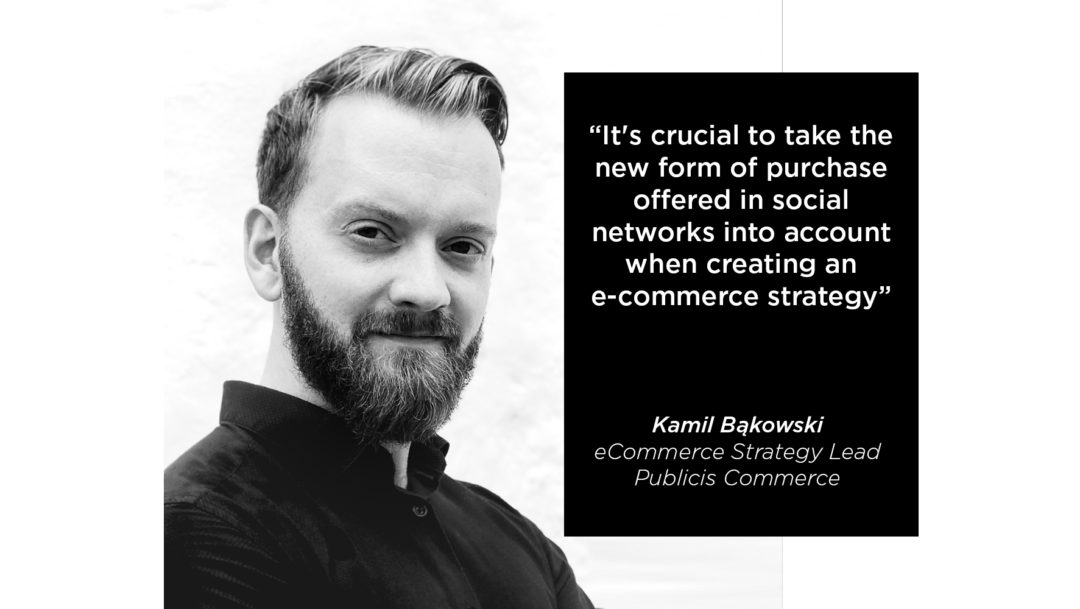The approaching end of the year is an ideal time to set trends for the coming 2021. Social Commerce is the next big thing for e-commerce and one of the main trends, not only for online shopping but also for social networking development. How to prepare for it today?
Social Commerce – a natural extension of the daily use of social media
IIt is impossible not to notice that this year Facebook has set itself another goal, namely the development of Social Commerce functions. In this way, the largest social network takes the first, bold steps in offering the possibility of buying products, without having to go to an external brand website or online store. Social Commerce is a natural extension to the daily use of social media. Facebook, meeting the expectations of consumers wants to offer the so-called “seamless shopping experience” (in this case the English word better reflects the message behind the idea of Social Commerce). Today, the full possibilities offered by Facebook and Instagram Shops are designed for small business and are available on the U.S. market with a payment function called Checkout. Although Facebook mentions small business, it can be seen that the functionalities themselves are created for much larger companies, including the integration with popular e-commerce CMSs, such as: Shopify, BigCommerce, WooCommerce.

Instagram 2021 priority = Instagram Shops & Reels
I recently wrote about Instagram Shops in CMO Insider, which added Instagram Shops to the home screen, and additionally challenged TikTok with the further development of Reels features. It was no coincidence that Facebook made this controversial decision. This way users will be able to discover new brands that advertise on one of the most popular social networking sites in the world. By adding a feature like Live Shopping or Shoppable Posts, the service itself becomes an ideal advertising platform from the perspective of the brands, but also a shopping platform from the perspective of the consumer.
TikTok copies Instagram by starting a partnership with Shopify
The creators of TikTok, noticing the activity of their competitors, have come to the conclusion that it is also time to challenge the global Marketplace and join forces by starting a partnership with Shopify. The cooperation itself is supposed to result in new functionalities that make shopping even easier, especially for the generation Z. The first new Social Commerce features are available to US retailers.

Europe is another point of conquest for Social Commerce
Why choose the US as a pilot market for Social Commerce? This is no coincidence, social media are well aware of the popularity of their services among generations Z and Y, as well as their susceptibility to new solutions, perfectly suited to their needs. Just look at the latest data published by Statista in the US, according to which nearly 50% of Internet users aged 18-34 have already used Social Commerce solutions. Additionally, 27% of users are interested in shopping using social networks. As you can see, the potential on the American market is enormous, Statista’s results speak for data from before the official launch of new channel shopping solutions: Facebook, Instagram or TikTok. Social shopping is no longer just a trend in the US, it is a solution known by more than 3/4 of Internet users. Europe is another point of conquest for Social Commerce. The official introduction of such services as Facebook, Instagram Checkout, which are being developed on the American market, is just a matter of time. Not to mention that already now brands can create their own stores in Europe and use features, formats that increase conversion to Facebook, Instagram with a small but significant difference. The consumer’s shopping path will be interrupted and at the time of the “Checkout” option they will be redirected to an external online store.
Do not miss the moment to join Social Commerce
Simon Sinek, a well-known American author, including the book “Start with Why”, emphasizes the importance of the Law of Diffusion and how important it is not to sleep through the right moment in creating innovations that win consumers’ hearts. According to the Diffusion Law there are 5 groups of people who influence the adaptation of new solutions and technologies, so-called innovators, early adopters. The key to the success of new innovations is to reach the so-called turning point, i.e. the moment in which about 15-18% of the population uses the solutions. Today, when thinking about Social Commerce we are much further away. This means that when creating an e-commerce strategy it is crucial to take the new form of purchase offered in social networks into account.
Using a comparison to the diffusion model perfectly illustrates how important it is not to sleep through the moment in which a given solution becomes a market standard and changes the rules of the game, the chosen sphere of life. Many brands may now suggest that in the absence of a uniform experience in social media, it makes no sense to prepare for the European conquest of Social Commerce. I have, on many occasions, explained the mistake of such reasoning, showing that by joining too late, companies will sleep through the biggest boom for a new form of online shopping.
At Publicis Commerce we already offer a complete framework that allows you to maintain the consistency of brand communication with the new Social Commerce experience. All with the key elements for the consumer in mind during their shopping path.
How to prepare for the upcoming new eCommerce trend today?
- Social media offers a range of solutions focused on increasing conversion. Explore how your company can use them for everyday communication on platforms such as: Facebook, Instagram, WhatsApp, Messenger, Pinterest or TikTok.
- Prepare your own Social Commerce strategy today so that you don’t miss out on the potential of solutions tailored for generations Y and Z.
- Watch and use the knowledge and experience of brands that are winning the hearts of Social Shopping users.
____________________________
Sources:
Photographs: Facebook, Instagram, TikTok
Data: Statista

